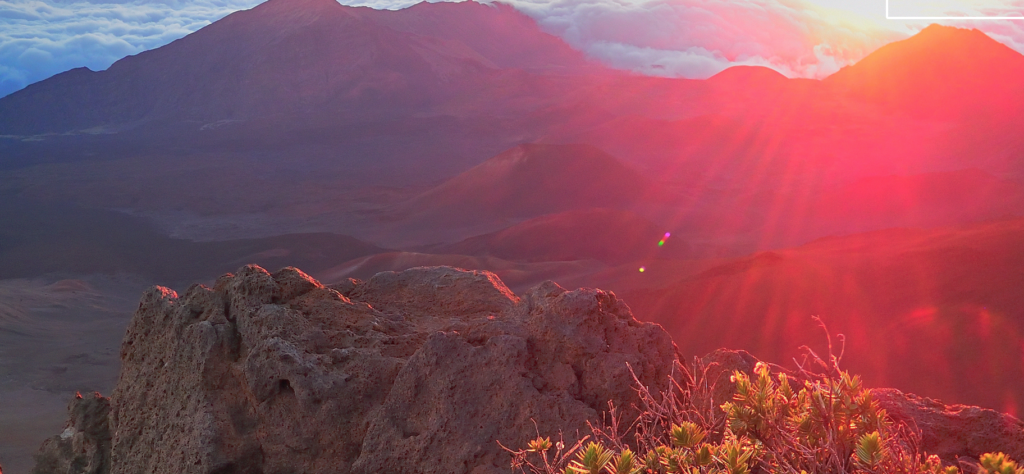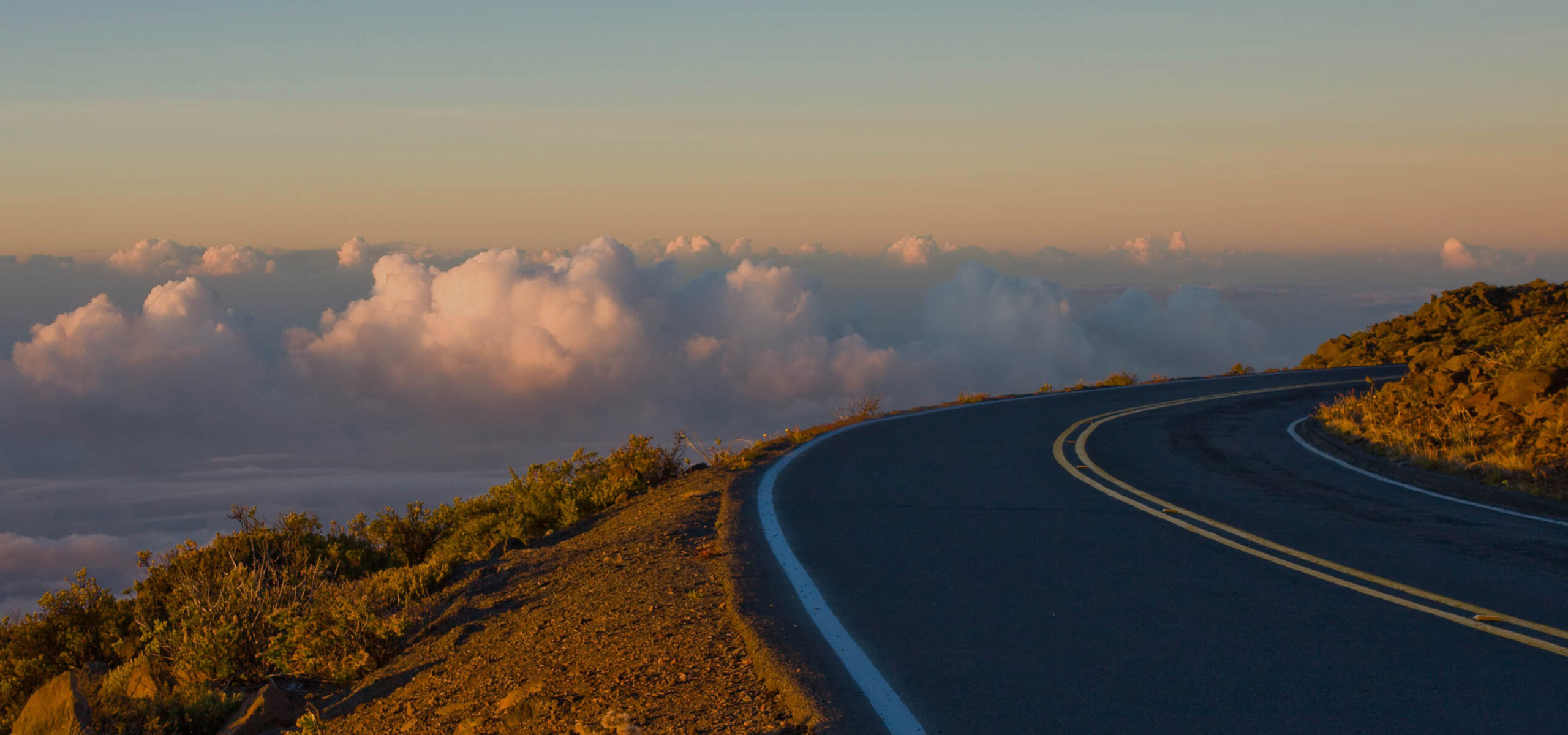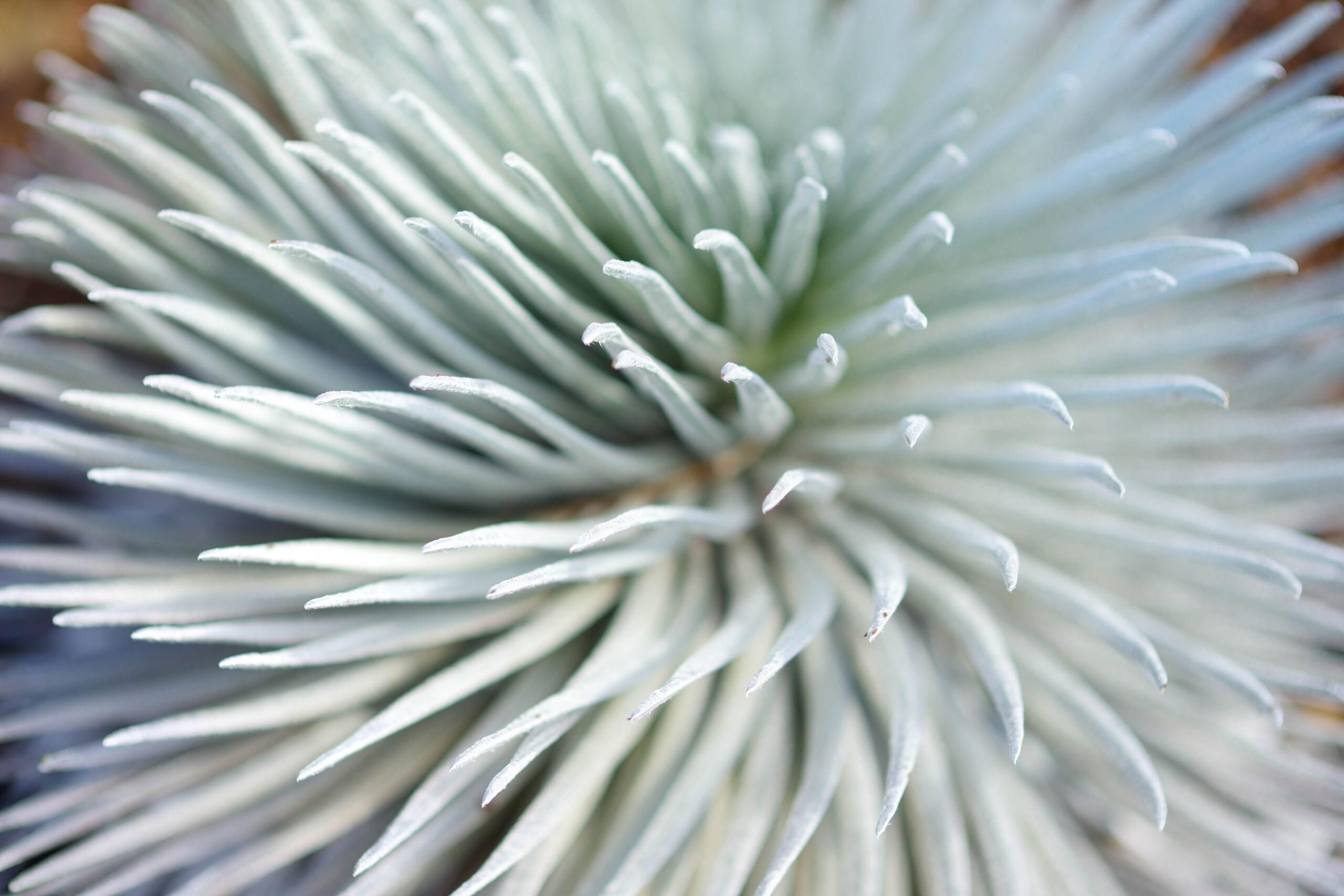Where is Haleakalā National Park?

Getting to Haleakalā

Most visitors to the island of Maui will stay in the resort areas of Ka'anapali or Kihei. The road to Haleakalā from both areas will lead to the town of Kahului, and then curve southeast toward Haleakalā National Park. The 37 miles leading up to the 10,023 ft summit starts at sea level, and is therefore the world’s highest elevation gain in the shortest amount of time.
There is no public transportation to or within the park and there are no food services. While the roads within the park are well-paved and well-marked, there are some stretches of the drive to the summit that feature a steep cliff edge with no guardrails. The road can be especially precarious in the dark, as there are no street lights along the way and can be covered in dense fog. Driving this length can be particularly difficult when en route to the famous sunrises at the summit, as fog is heaviest in the mornings and many cars are on the road around 3 or 4 a.m. Adding to this, the route to the summit is also a popular trail for cyclists, who frequently descend the mountain right next to the vehicles.
Some visitors will drive themselves in these conditions; however, many opt to take a guided tour. The guided tour is provided by local operators who are experts in navigating the roads and are familiar with maneuvering around common hazards, such as rocks on the road that have been known to pop some tires and animals that wander across the way. In addition, the van or bus provides passengers the opportunity to enjoy the beautiful scenery and learn a bit about the park from their tour guide without having to concentrate on the drive. Most tours will pick up passengers directly from their hotels or at a convenient location near the resort areas, making guided tours a favorable option for many visitors to Haleakalā.
Why Visit Haleakalā?

Haleakalā, a dormant volcano, is unique in its features of rugged terrains, amazing desert landscapes, lush tropical ecosystems, and everything in between throughout its 30,000-acre expanse. The volcano’s summit is a well-known destination to observe celestial activity, while the base of the crater has been called a place of “healing solitude.” Popular activities within the park include horseback riding, hiking and biking trails for all levels, one-of-a-kind zipline tours, and multiple campsites near waterfalls and forests.
Six species of endangered animals make their home at Haleakalā, including the Hawaiian Petrel (in Hawaiian: ‘ua’u), and the world’s rarest goose and Hawaiian state bird, the nēnē. Additionally, visitors can find 30-35 endangered species of plants, some of which are only found within the state park, like the famed Haleakalā silversword, which blooms just once in its 90-year life and then dies.
One of the most memorable experiences at Haleakalā is its sunrise, visible from the summit and other locations around the park. Eyewitnesses say they have never seen the same sunrise twice while at Haleakalā, so plan to see multiple sunrises if possible! Veterans of the Haleakalā sunrise recommend staying for ten or twenty more minutes after the sun rises to see the streaks of morning colors run across the sky. Note that the summit of Haleakalā is located more than 10,000 ft above sea level, so the weather will be significantly colder at the top, even in warmer months. A small reservation fee is required to view the sunrise at Haleakalā, in addition to the park entrance fee. Reservations must be booked online up to 60 days prior to the visit, unless you take a guided tour which includes your reservation fee.
Visitors who arrive to the sunrise early can do a bit of star-gazing before the night gives way to day. Due to the lack of human-made lights around the summit and National Park, Haleakalā’s summit is one of the best and most easily accessible places to stargaze on the Hawaiian Islands, particularly on moonless nights. Similarly, night owls will enjoy a beautiful color exchange as day turns into night at sunset.
A Legacy of Stewardship

History is replete with stories of invading species taking over the lives and spaces of the native population, and unfortunately the story of Haleakalā is no different. However, the U.S. National Park Service and its partners are taking significant steps toward preserving the landscape and making room for native Hawaiians to continue their sacred practices at Haleakalā, as they have been doing for thousands of years. Even today, there are several places within the park’s boundaries that remain sacred to the Hawaiians, though park authorities will not disclose their locations out of respect for the native people who still use those sites for rituals and celebrations. Additionally, the U.S. National Park Service is increasingly employing native Hawaiian rangers, and using native oral history and environmental knowledge to care for the park.
Hiking, camping, biking, and horseback riding trails have been established with the goal of preserving the natural landscape and recovering its ancient roots. Other outdoor recreational operators have done the same, as evidenced by Skyline’s Do Good. Have Fun. campaign, which aims to preserve Hawaii’s natural beauty, teach guests about conservation, and give back to the community.
About the Author: Join Skyline Hawai’i and be transported in comfort with Maui’s newest fleet of tour vehicles. Each brand new vehicle features extra-large viewing windows, comfortable seating, and a climate controlled interior. For more information or to make your reservation today, visit: www.skylinehawaii.com. 